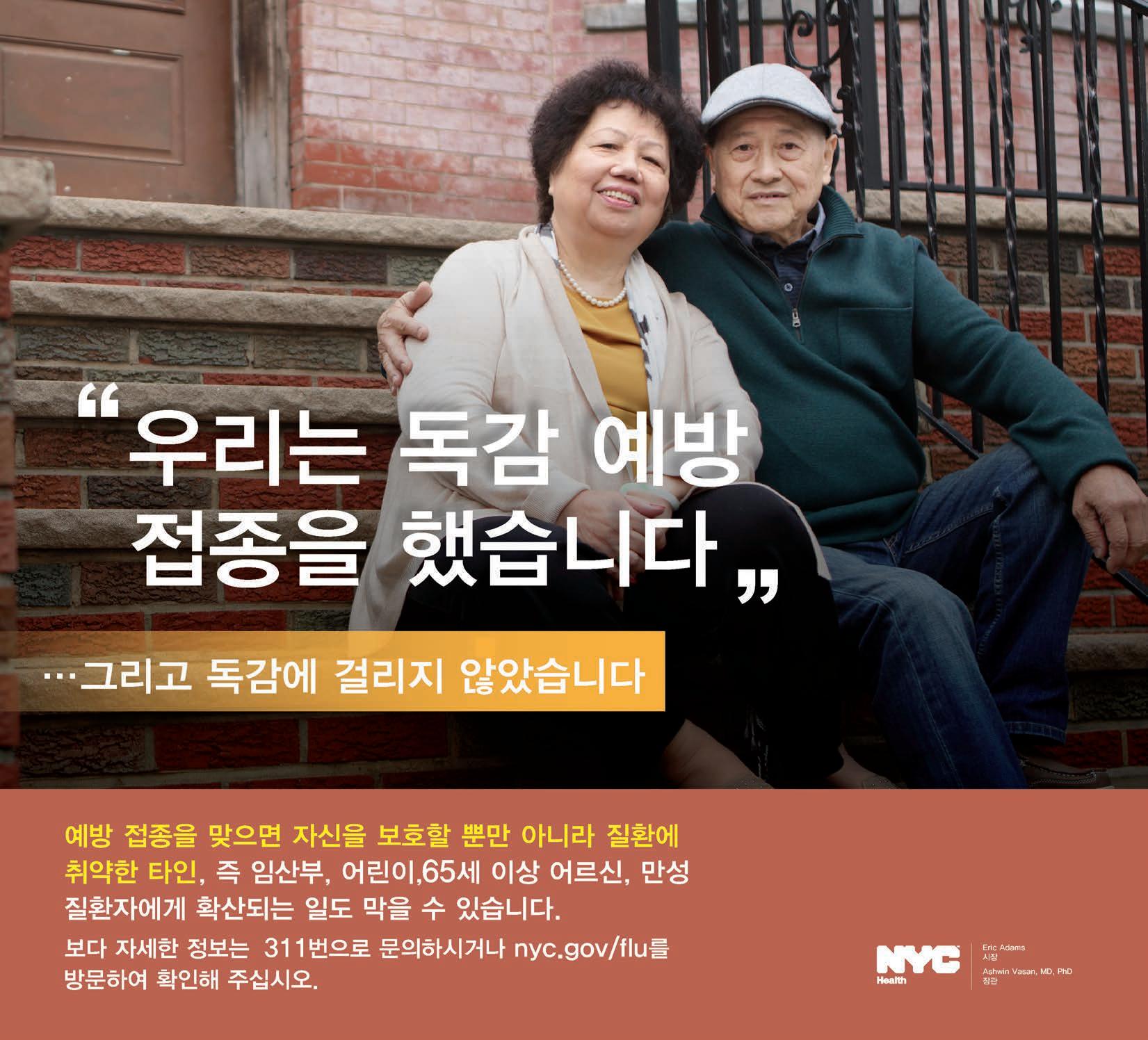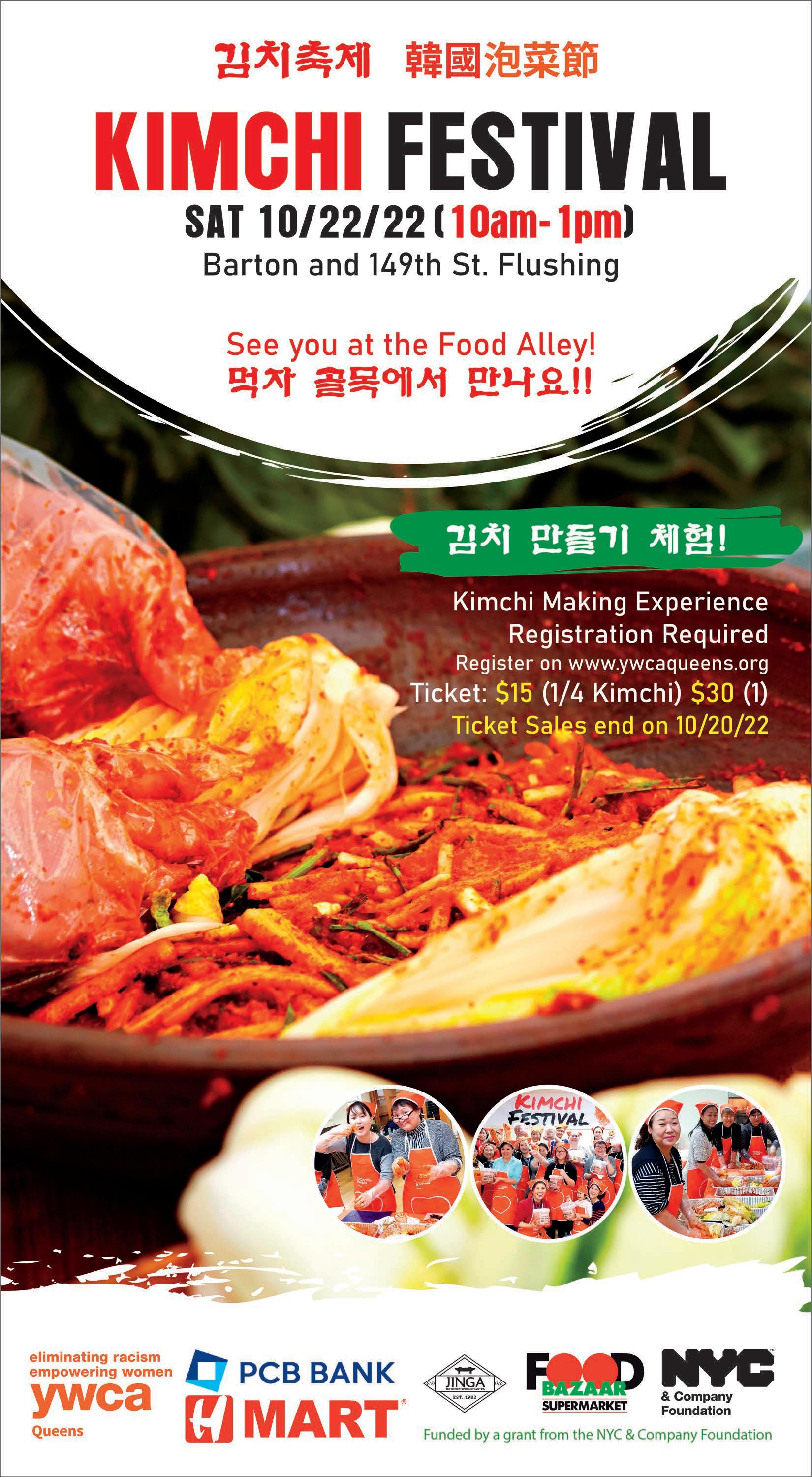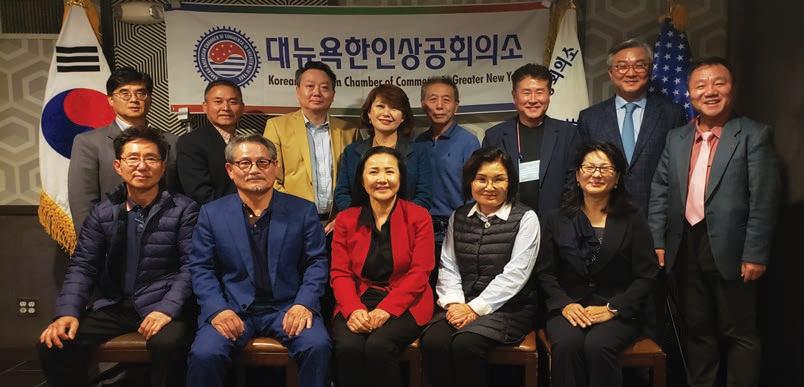
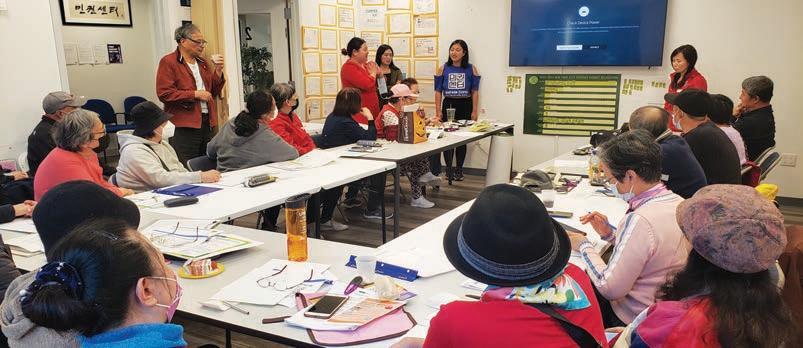
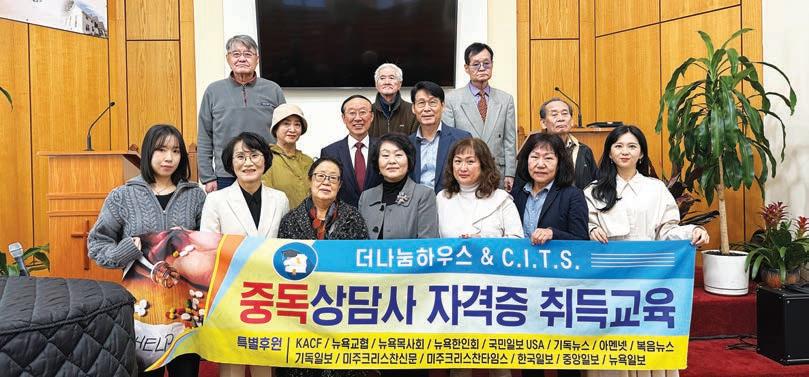
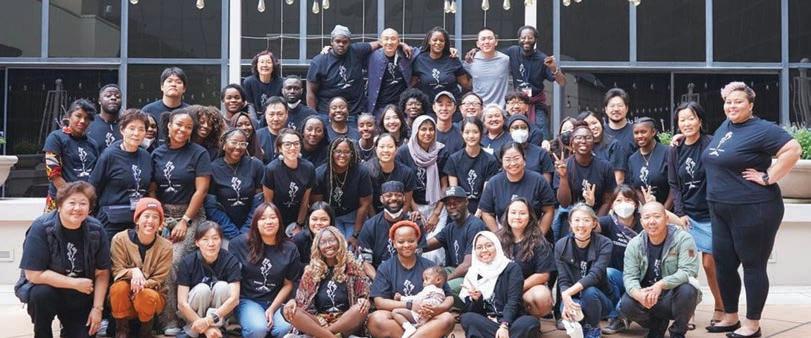







Perseverance: the persistence of doing something in spite of the arising obstacles and delays. Nowadays, most people consider perseverance in terms of utilizing determination in order to overcome the vicissitudes of life, which promotes character in the process. Others view perseverance as dedication in achieving goals. Both perspectives have their own merits.
But perseverance is not just a character trait of success, nor is it only a term applied to everyday life. Perseverance is a symbol of conquering fears, a pinnacle of concentrated endeavors, and a product of trust in the future.
It is hope that there will be a brighter tomorrow; it is hope that the tomorrow of today will begin anew with prosperity and opportunity.
This is the hope that diasporic Koreans have carried with them every step of the way in their arduous journey. This is the hope that diasporic Koreans embody each day. Perseverance is what a small, relatively unknown village in Antu County, Yanbian Autonomous Korean Prefecture epitomizes.
Yearning for home, diasporic Koreans brought their traditions with them—this is the story of the Jeongam Village (Hongqicun*) residents.
Today, all that remains to suggest the Korean diaspora that occurred decades ago is the existence of Jeongam Village and the bridge that once connected North Korea to China over the Tumen River. Worn down by the passage of time
and the forces of nature, the bridge today retains only half of its original length.
In 1938, ethnic Koreans were forced to immigrate to Antu County, Yanbian Autonomous Korean Prefecture, under Japan’s rule in order to cultivate the land and extract resources.

Though conditions were harsh and starvation was common, the Jeongam Village residents refused to surrender to the treacherous circumstances against them; they ate whatever vegetation they could find and burned straw to ward off the cold.

When Korea was liberated in 1945, the Jeongam Village residents were overjoyed, for
they thought that they could return home. Yet, with Korea divided and diplomatic relationships between Korea and China at a standstill until 1992, many residents spent their last days in China, longing for the homeland they had been compulsorily estranged from.
Unwilling to resign themselves to their fate, the Jeongam village residents chose to make the most of their situation, just as they had more than five decades ago. They found solace through traditional cuisine recipes, which they had carried with them in their hearts. In this way, they assiduously kept the memories of their ancestral home alive.
Soondae, gochujang, and samgyeopsal—these are just a few of the dishes which the Jeongnam Village residents kept with them from Korea.
Nevertheless, these dishes did undergo changes in their ingredients due to the dearth of certain ingredients in Jeongam Village that were plentiful in Korea. For example, although soondae from Korea utilizes glass noodles derived from sweet potatoes as its filling, Jeongam Village soondae relies on sticky rice mixed with seonji and vegetables. Jeongam Village’s gochujang contrasts other gochujang in that yeot is added to boiled rice when the starch within the rice separates.
These iconic dishes enabled the Jeongam Village residents to retain their traditional culture in a country vastly different from the home they had once known, representing their successful attempts at preserving their heritage.
Along with these traditional dishes, the Jeongam Village residents created new dishes that influenced the cuisine of the country they took refuge in; because the Jeongam Village residents were unable to grow rice due to the harsh, frigid climate, they took up corn as their main staple food. They developed a way to calculate harvest times for corn, allowing them to always have corn at hand after harvests.
Using corn, the Jeongam Village residents made noodles, thus inventing corn noodles. Today, corn noodles is one of the most popular dishes in Yanbian. Known for its health benefits, corn noodles are eaten by people attempting to have healthier diets.
But for the Jeongam Village residents, corn noodles will always hold a special meaning to them. Once eaten as the only source of food there was, corn noodles today are a symbol of the progress these residents have made, as well as a reminder of the bitter, yet unforgettable past that they have persevered through; even if the centuries past, the Jeongam Village residents will never relinquish their culture, preserving their homeland in any way they can.
Though these experiences may be unfathomable to us today, we cannot—we must not—we will not forget the harrowing struggles of the past of the Jeongam Village residents. To my audience today, I beseech you with a final message: We must strive forward with the past in mind to understand the lives of our ancestors and those around us in order to continue their legacy of perseverance.
Within our blood is the determination of our ancestors to venture into the unknown with the hope that wherever they find themselves will be the new soil where they can flourish.
More than anything, we must not forget these roots, for they are a connection too precious to forfeit in our lives. The history of our ancestors encompasses an immeasurable amount of our identity, spanning as far as the habits we have to the food we consume today.
As immigrants from other countries, we must— to some degree—remember that we are the product of both our environment and our past. Like the Jeongam Village residents, we can persevere through hardships, and rise anew from the ashes, forging a path wherever we are towards a greater future.
